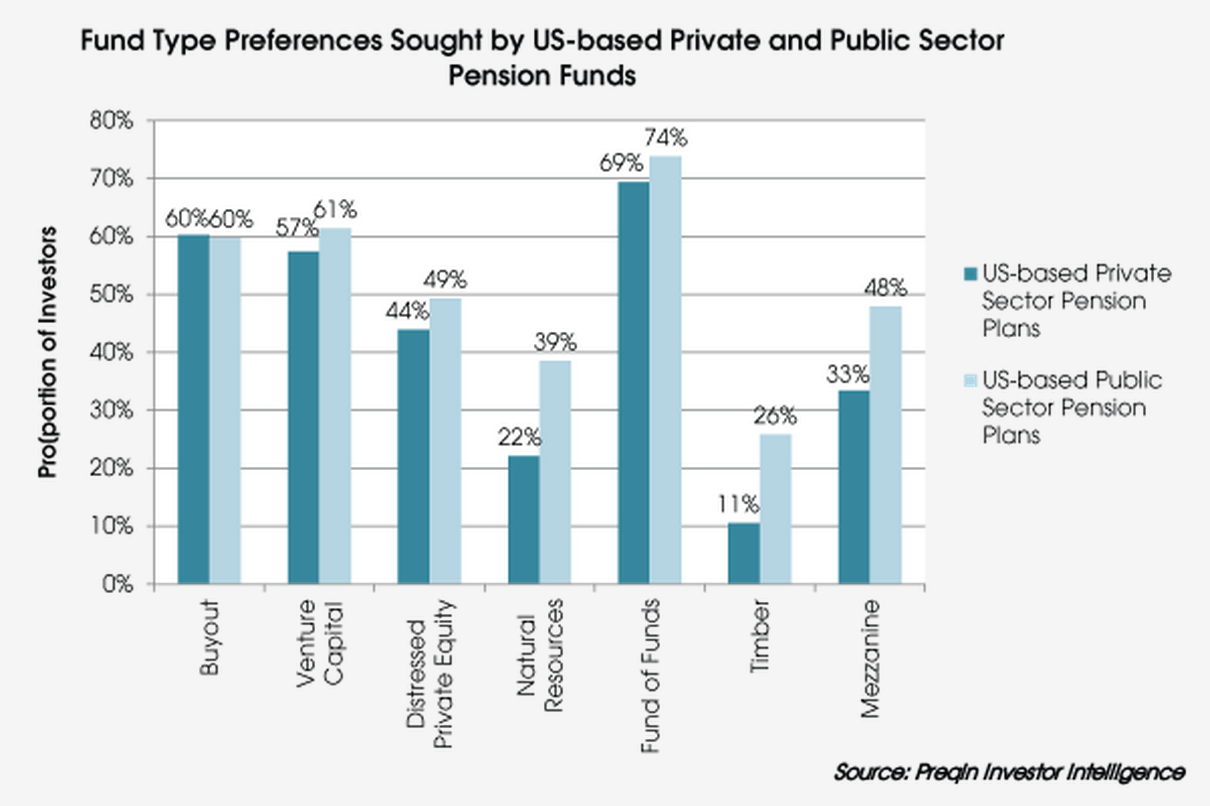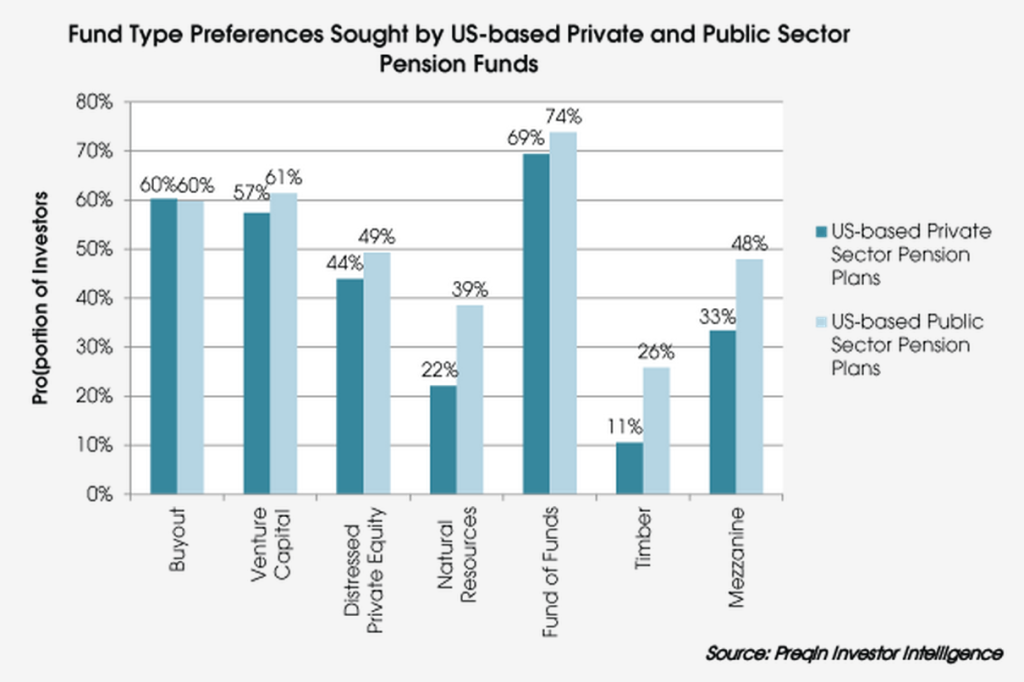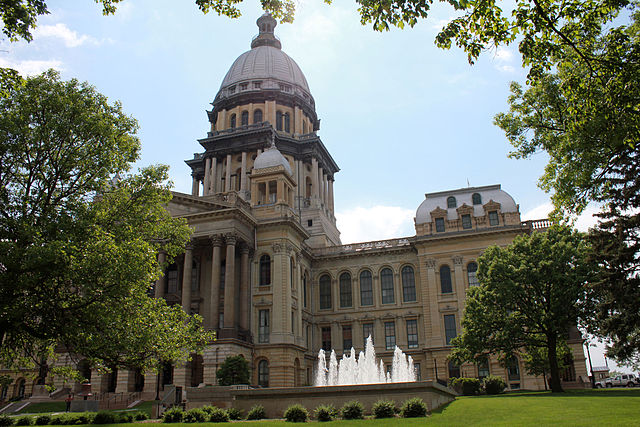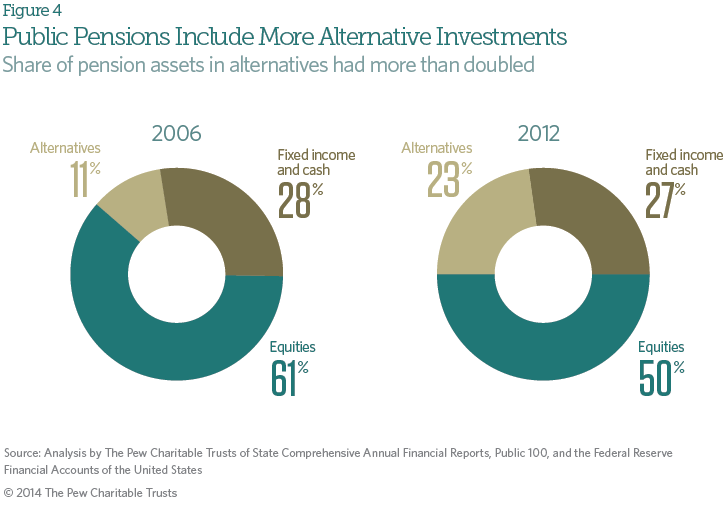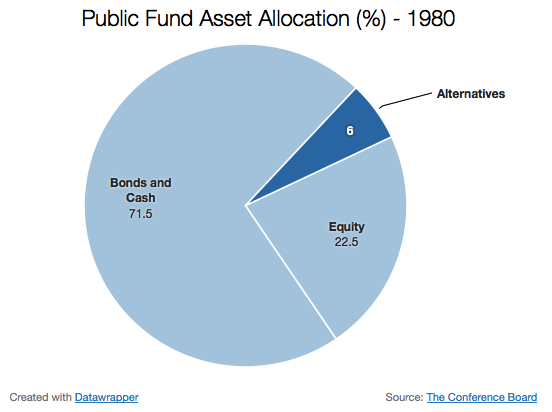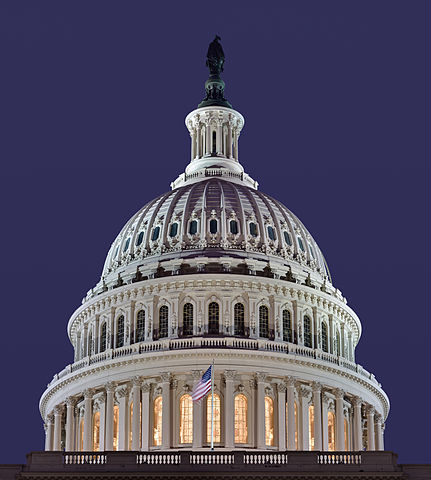
As defined-benefit plans around the country become more costly, some local governments have begun switching new hires into defined-contribution (DC) plans.
But those same governments have been slow to adopt automatic enrollment practices, according to a report published in the November issue of Pension Benefits.
From the article:
The public sector has been much slower that the private sector to adopt automatic enrollment for its defined contribution (DC) plans: only 2% use automatic enrollment. Currently, five states have automatic enrollment for the DC plans available for their workers: Georgia (ERSG), Missouri (MOSERS), South Dakota (SDRS), Texas (TRS), and Virginia (VRS).
[…]
Workforce trends and the current state of public retirement benefits strongly suggest that DC features that encourage savings, such as automatic enrollment, can play an important role in the retirement income security of many public employees.
So why haven’t local governments adopted auto enrollment practices? The article’s author, Paula Sanford, offers some reasons:
– Legal constraints. Only 11 states permit automatic enrollment for public DC plans. In a few places, an exemption to anti-garnishment laws has been written into statute for a particular retirement system or plan.
– Perception. Government leaders worry that automatic enrollment in a supplemental savings plan might overburden their employees, especially those who earn modest wages.
– Labor questions. There is debate in the labor community about whether automatic enrollment should be supported.
– Administrative challenges, such as multiple record keepers.
Cobb Country, Georgia, offers an example of how auto enrollment can increase participation:
The county started automatic enrollment for new employees in January 2013, and the feature has been very successful at increasing participation in the 457(b) plan. Prior to automatic enrollment, countywide participation in the 457(b) plan was only at about 33%; yet in just a little over a year, it has increased to 57.5%. This increase is striking considering that approximately two-thirds of the employees still participate in the original DB plan. The initial employee contribution under automatic enrollment is 1% of salary, and the county has kept its matching formula for all hybrid plan participants.
Read the full report, containing further analysis and other examples, in the latest issue of Pension Benefits or here.
Photo by TaxCredits.net

